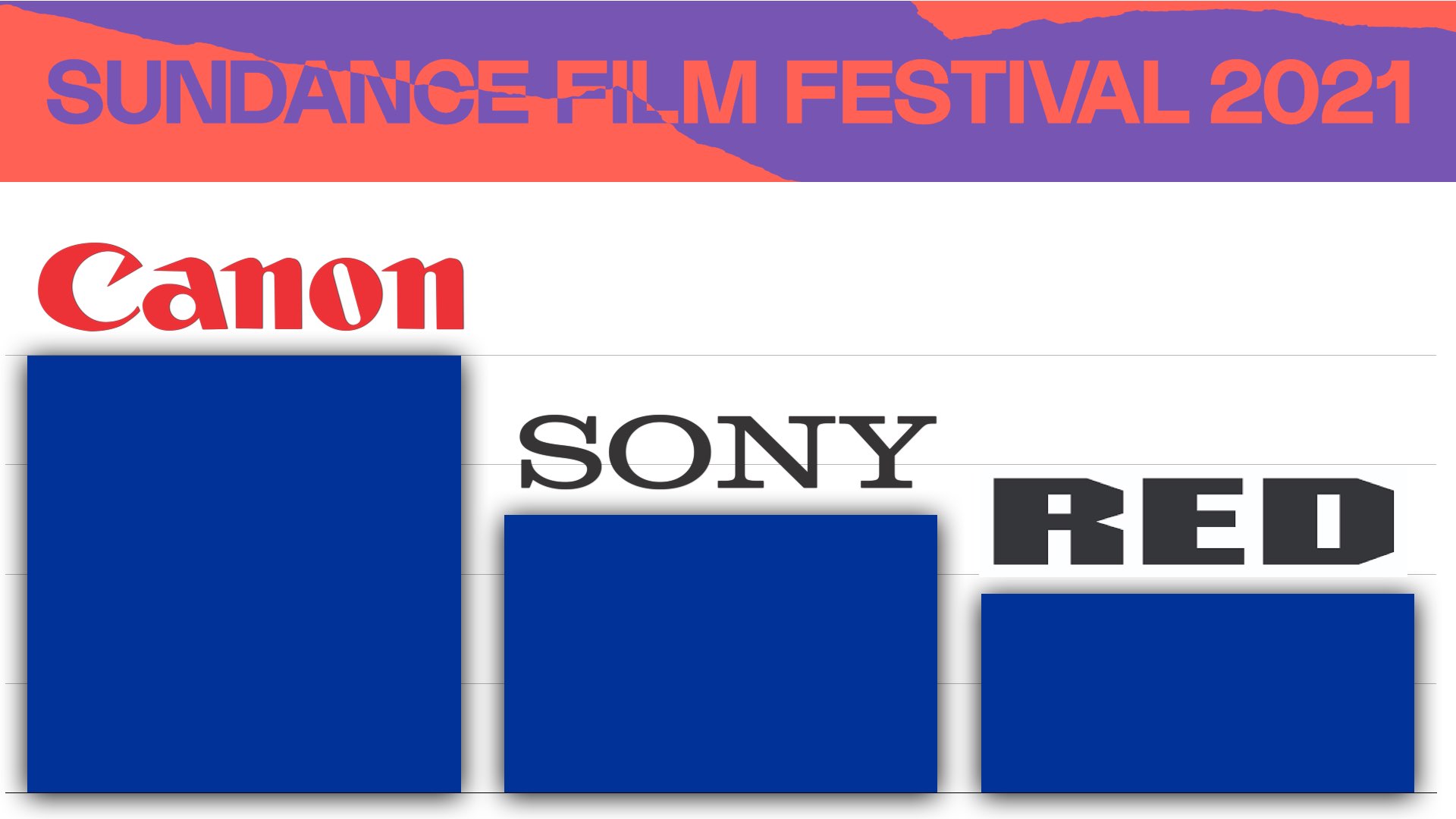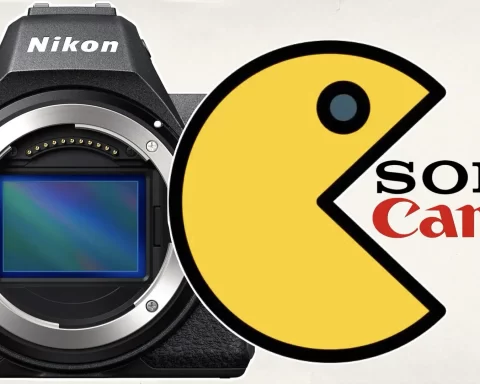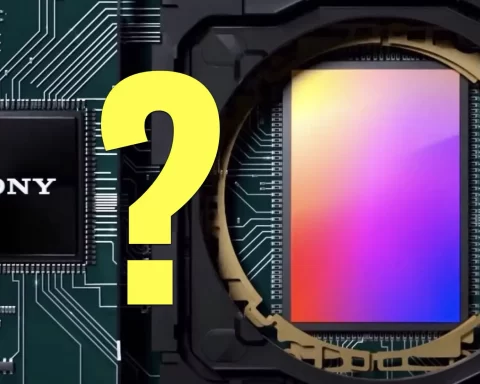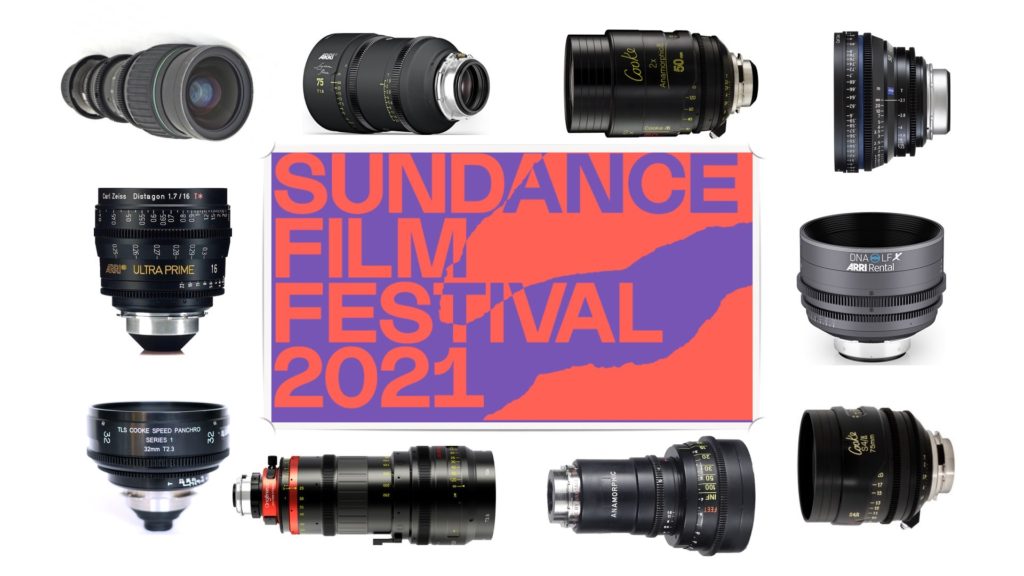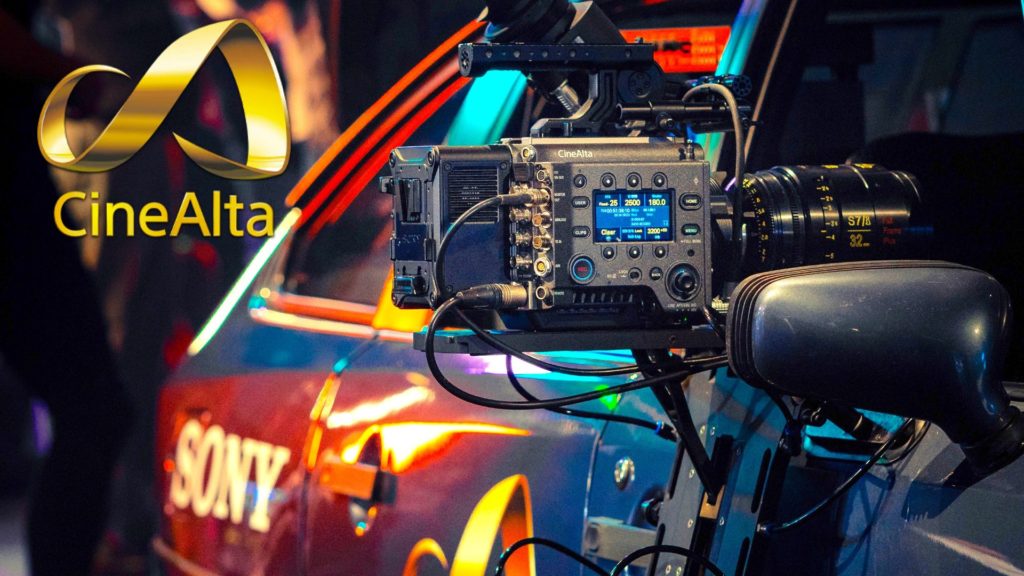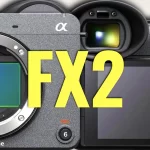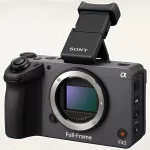These are the cameras that shot the main 18 Sundance Film Festival 2021’s documentaries. As usual, the Canon EOS C300 is the weapon of choice for documentary filmmakers, following by Sony camcorders and mirrorlesses. Furthermore, RED has a solid presence in the documentary list as well. How does it compare to the narratives? See below.
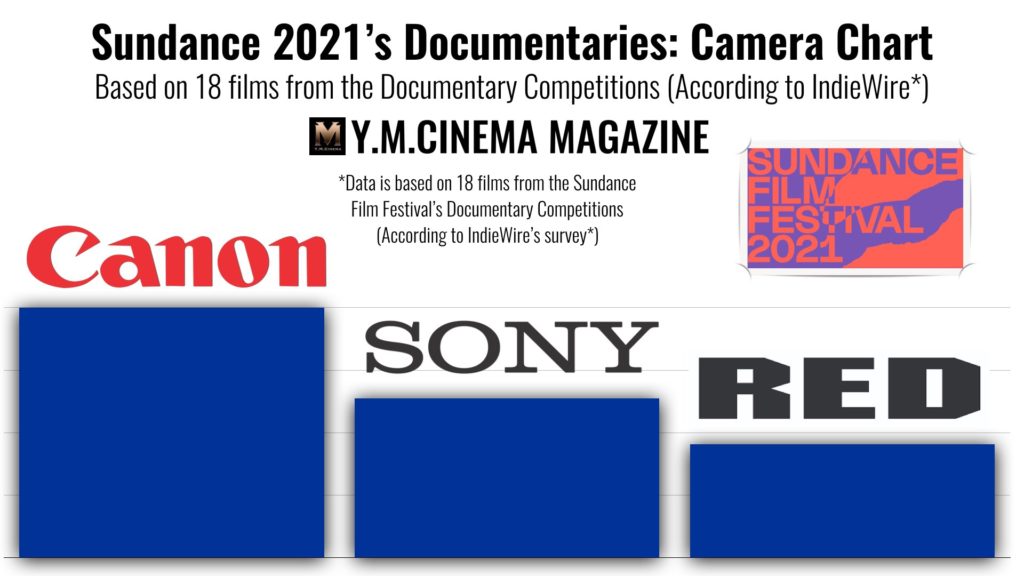
Sundance 2021: The cinematography behind the documentaries
After analyzing the cameras and lenses that used to shoot Sundance Film Festival 2021 narratives, it’s time to explore the tools utilized for the documentaries. Since documentary filmmaking is a whole different animal than creating narratives, we’d expect the tools to be significantly different as well. Not surprisingly, the Canon C300 has been the weapon of choice by many documentary filmmakers in recent years. However, interestingly we’re exploring a decent amount of RED camera in that list. Check it out below.
Sundance 2021 documentaries: DP and cameras
This list shows the cameras used to shoot 18 films from the U.S. Documentary Competition, World Documentary Competition, and Premieres. The data is based on the IndieWire cinematography survey (Check IndieWire’s article to read more about the creation process of those films). The chart is underneath this list.
- Ailey. DP: Naiti Gámez. Cameras: Canon C300 MarkII, Canon C300 MarkIII
- All Light, Everywhere. DP: Corey Hughes. Cameras: Sony FS7, Sony FS5
- At the Ready. DP: Maisie Crow. Cameras: C300 MarkII, Canon 5D Mark IV, Panasonic EVA1
- Captains of Zaatari. DP: Mahmoud Bashir. Cameras: Sony a7S Mark iii, RED Dragon
- Cusp. DP: Isabel Bethencourt and Parker Hill. Cameras: Canon C300 Mark II
- Homeroom. DP: Sean Havey. Cameras: Sony F5, Sony a7S
- Misha and the Wolves. DP: Will Pugh. Cameras: ARRI ALEXA Mini
- My Name Is Pauli Murray. DP: Claudia Raschke. Cameras: Canon C300 Mark II
- Philly D.A. DP: Yoni Brook. Cameras: Canon C300 Mark II, RED Gemini
- Playing with Sharks. DP: Ron Taylor, Judd Overton, Nathan Barlow, Michael Latham, Jono Heighes. Cameras: ARRI ALEXA Mini, Sony F55
- President. DP: Henrik Bohn Ipsen. Cameras: Sony FS7 Mark II
- Rebel Hearts. DP: Pedro Kos. Cameras: Canon C300 Mark II
- Sabaya. DP: Hogir Hirori. Cameras: Canon C300 Mark II
- Searchers. DP: Daniel Claridge and Martin DiCicco. Cameras: Canon C300 Mark II
- The Sparks Brothers. DP: Jake Polonsky. Cameras: RED Monstro Monochrome
- Street Gang: How We Got to Sesame Street. DP: Luke Geissbühler. Cameras: RED Weapon
- Users. DP: Bennett Cerf. Cameras: RED Gemini, Blackmagic Pocket 6K
- Writing with Fire. DP: Sushmit Ghosh & Karan Thapliyal. Cameras: Canon 5D Mark III
Cameras chart of Sundance 2021’s documentaries
Explore the chart below based on that data (Credit: Y.M.Cinema Magazine):
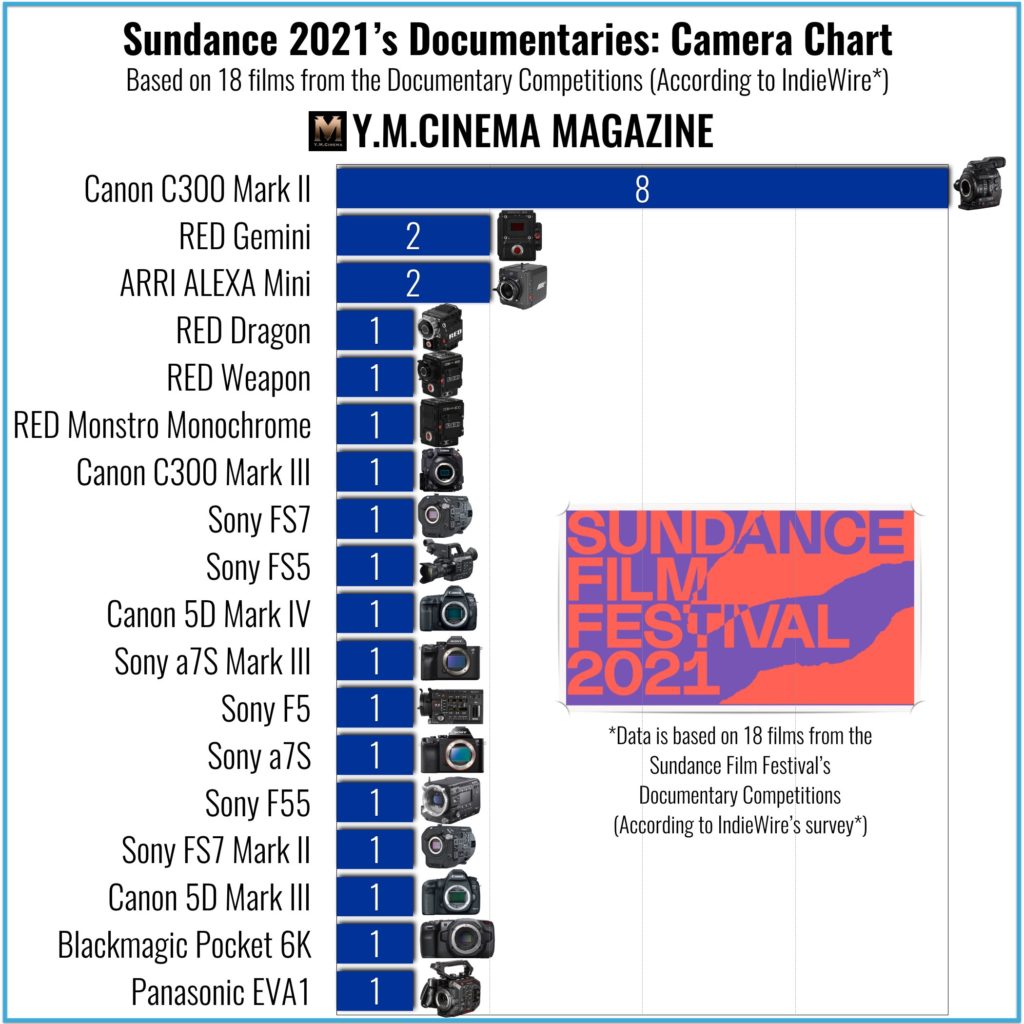
Insights
As opposed to a controlled filmmaking environment, doing documentaries usually demands more improvisation and maneuverability capabilities. Thus, using a reliable camera that can be sole-operated is a must. Have a look at the slide below which compares Sundance Film Festival 2021 cameras – Narratives vs. Documentaries. This comparison speaks for itself.
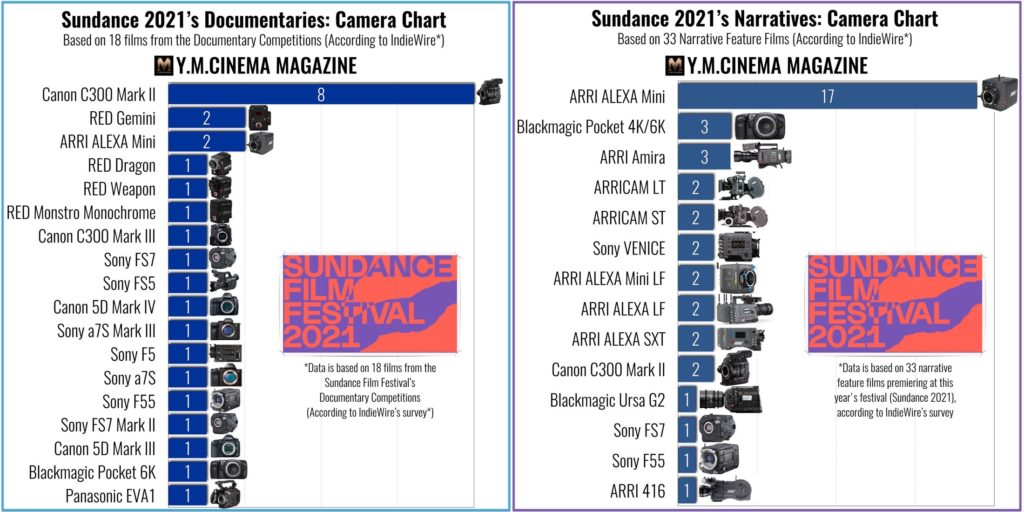
For that reason, the Canon Cinema EOS fits well with the definition: compact, reliable, and user friendly that can be fully operated by one person. Furthermore, documentary filmmaking takes time, which makes the rental option a bit problematic. That’s why a lot of documentary filmmakers use the camera they own. This might be the reason we see a lot of RED cameras in that list. As for the Gemini, it goes without saying that its capabilities were utilized in low light environments.
What’re your thoughts about the differences between narrative and documentary filmmaking regarding cameras? Can you see the logic behind it? Comment below.

